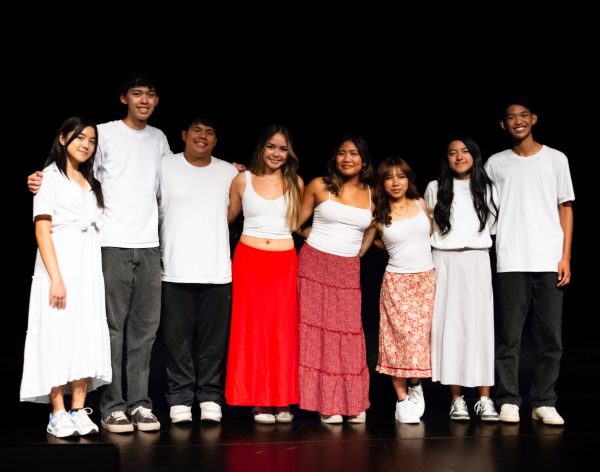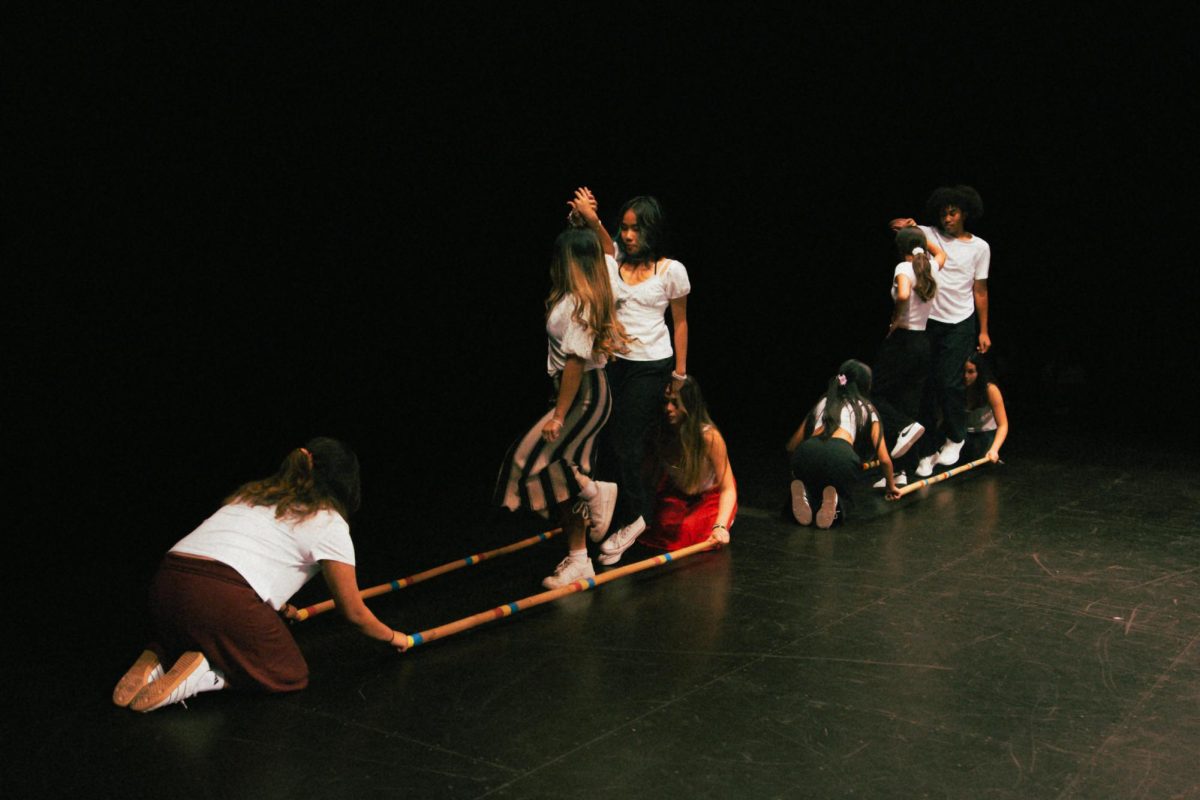On Monday Oct. 7, 2024, SCHS’s Filipinx American Student Association held their annual theater presentation, bringing Filipino heritage and culture to the school community. With time constraints in place, FASA hoped for a successful and engaging show.
Among the many cultural clubs on campus, FASA provides an environment for students to immerse themselves into Filipino culture. During club meetings, members learn about historical events, traditional dances and significant artists.
Senior Andrea Zyrene Palisoc, born and raised in the Philippines until five years ago, mentioned the importance of being a FASA member.
“After immigrating to the United States, I wanted to get involved in anything Filipino related,” Palisoc said. “Freshman year, I wasn’t brave enough to join, but towards sophomore year, I decided to become more involved in terms of my own ethnicity and culture.”

As part of the club’s activities, FASA organized and presented a day-long performance for students to watch during their social science classes. The process for creating the presentation, however, started weeks before, with practices and logistical details.
Prior to the presentation, club president senior Clarissa Co managed practices between the acts, making sure everyone would be ready for the show.
“I was running rehearsals every lunch, and then I knew hip hop was running their rehearsals after school,” Co said. “For singing, we let them get together and work on it in their own time, and it was kind of the same thing for history and culture.”
One of the acts performed on stage by FASA was tinikling, a traditional Filipino dance performed with bamboo sticks and clapping sequences. After trying tinikling for the first time, Palisoc felt that the practices were beneficial to gain new dance skills.
“Honestly, I’ve never had background experience with tinikling, but everyone is always so open for you to join it,” Palisoc said. “From the outside view, it may seem hard because it’s distinct, but in reality, during the practices, it’s really fun.”

While choosing the students and acts that would be showcased on the day of the performance, Co had to consider multiple factors, including reliability.
“If you’ve done it in the past, I’ll probably have you do it again just because I know that you can do it, and I know I can trust you,” Co said. “But then every year, we also like to bring on a few freshmen and some new people so more people can get involved.”
In previous years, FASA was given at least a month’s notice from when they would be performing. This year, they were informed two weeks before, condensing their practice and rehearsal timeline.
Palisoc reflected on the struggle of finding time to practice with everyone’s busy schedules.
“Being able to manage our schedules with one another, just to be able to practice was a little bit hectic, but we were able to push through and pull through with it,” Palisoc said.
With multiple practices and logistical details to manage, Co is grateful for the club members as well as other peers who supported and guided the club to a successful presentation.
“Everyone who’s involved in the presentation is really hard working. Everyone wanted the performance to go well, and everyone is dedicated to have it go well,” Co said. “There’s a lot of people also behind the scenes that are helping me who aren’t a part of FASA but are doing it for us anyway. They, too, are integral to the team.”


